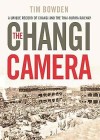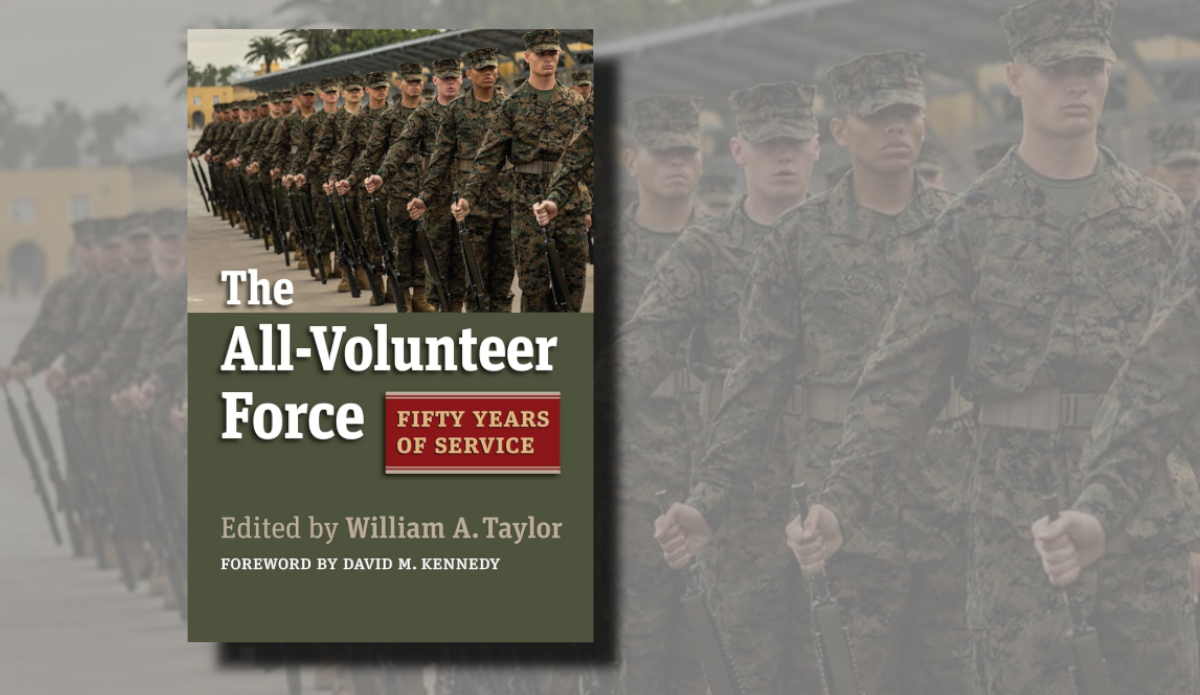Book Review - The Changi Camera: A Unique Record of Changi and the Thai-Burma Railway
The Changi Camera: A Unique Record of Changi and the Thai-Burma Railway
Written by: Tim Bowden,
Hachette Australia, Sydney, 2012,
ISBN 9780733629624, 242pp
Reviewed by: Dr Janda Gooding, Head of Photographs, Film, Sound and Multimedia, Australian War Memorial
The Changi Camera is the second book by Tim Bowden that utilises the recollections of George Aspinall who became an Australian prisoner of war (POW) when Singapore was taken by the Japanese in February 1942. The first book was originally published in 1984 as Changi Photographer: George Aspinall’s Record of Captivity. The new book has been expanded to include a section written by Tim Bowden providing an overview of the Australian POW experience. This provides much-needed historical context for Aspinall’s recollections that are drawn from a series of oral histories conducted by Bowden in 1982 and 1983 as part of the Australians Under Nippon ABC radio documentary. The 2012 book also omits Aspinall’s name from the title. This is an unfortunate decision considering that Aspinall’s words and images still form the larger part of the book.
George Aspinall of the 2/30th Battalion took only around 100 photographs when he was a prisoner of the Japanese in Singapore and Thailand. Risking execution if found with a camera, Aspinall secretly used his small folding Kodak Number 2 camera after his capture in Singapore in February 1942 and documented life at Changi Prison. When assigned to move north with ‘F’ Force to help construct the Burma-Thailand railway, he took his camera and managed to take about 20 more photographs. Aspinall was careful to not arouse suspicion when he took the photographs. He then crudely developed the negatives to help prevent them deteriorating in the extreme conditions. Fearing that his luck would run out and he would be discovered, in late 1943 he broke up the camera and hid the negatives in an effort to evade the regular body searches performed by Japanese guards. Towards the end of the war, his negatives were put in a sealed container along with other photographs and precious documents collected by the commanders of the Australian forces and buried in a latrine bore-hole. The container was recovered after the war and the contents used as evidence in war crimes trials.
Approximately 60 original negatives survived and are now preserved at the Australian War Memorial together with the oral histories recorded with Aspinall. Many of the negatives are badly damaged by environmental conditions and as a result of the rough-and-ready techniques and materials used by the photographer. The majority of the photographs are of Australian prisoners at Changi and include several taken during the Selarang Barracks incident when POWs were herded into the barracks square and kept there for four days in an attempt to force them to sign an agreement that they would not escape. While these are an important visual record of a significant event, it is Aspinall’s few images of the treatment of Australian prisoners while working on the Burma-Thailand railway for which he should be remembered. In just a handful of photographs Aspinall documented the decline of men from disease and starvation. One photograph shows three Australian men from Shimo Sonkurai No 1 Camp. These men were deemed by the Japanese guards as fit to work on the railway. Their bodies — barely covered by thin and worn shorts — are wasted from malnutrition, dysentery and beriberi.
Aspinall was not the only Australian prisoner to carry a camera but his is one of the better documented stories. In The Changi Camera his account of survival as a POW is made far more powerful by the inclusion of the photographs. As we study those images we can only try to imagine the mental trauma and distress of men under such pressure. Aspinall said several times that, initially, he did not intend to compile a documentary record of how prisoners were treated; his camera work was more a means to keep his mind occupied and do something different from the everyday tasks of camp life. But at the end of the war it was clear that any photographs taken by prisoners would be vital evidence in the forthcoming war crimes trials to substantiate allegations of Japanese atrocities. George Aspinall’s photographs, then and now, provide the proof of something that happened that we may find too awful to believe based on words alone. They bear witness to the suffering experienced by Australians and others on the Burma-Thailand railway and remind us that both the best, and the worst of men, can be exposed in time of war.



